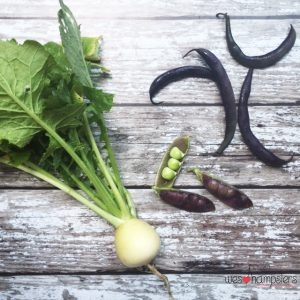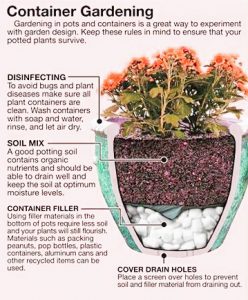Herbs are part of the produce you can grow in any tiny space you have available, I have explained in an easy way how you can start your own corner of nature even in a small area here and now would like to proceed with the use of some of the plants you can grow both in urban situations and in the country.
Oregano (Origanum vulgare) is one of my favourite herbs, it is a perennial herb, and like many of them it will need a sunny warm spot, possibly close to a wall that gets loads of sunshine if you live in a colder climate. You can buy the seeds and started indoor between February and March, or just buy a small plant in a nursery. Water it often, but not too much as the roots tend to rot, plant it in a well drained pot or area of your garden. To have the most flavour from your origano, pick leaves in summer before it flowers. You can eat them fresh or dry it by cutting the whole stem and hanging a bunch upside down in a shady but well ventilated place, ones dried you can preserve it in small paper bags or in a glass jar. Oregano is not limited to consumption though you can use it to decorate borders in the sunshine, it is very fast growing and has a lovely shape and flowers too, it is very nice if you aim at having a perfumed garden.

The myth on the origins of oregano starts in Cyprus, where a young gentle man names Amaraco (in Spanish it is how Origano is named) lived. One day he was given the chore to bring a small bottle of very perfumed oil to the king. The king wanted to impress guests he had for dinner with the lovely scent, but while walking with the bottle, Amaranco tripped and made it fall while entering in the room. Such was the young man’s despair that he instantly dies of a broken heart. The Gods seeing this where so moved that they transformed him in a lovely plant that scented as beautifully as the oil he had spilt.
The name Oregano come from an ancient greek term “Oros” that means mountain and “ganos” that means delicious or splendid. A plant of many virtues Oregano has a long medical and natural history with men, it has been used in China to treat fever and in Europe for facilitating digestion, make cough a little better and lower fever. It used to be burned during the plague with mint and thyme in the hope it would purify the air (that did not go to well did it?!)
Recipe: Courgette & Oregano savoury Cake
In Italy and in the rest of the mediterranean world, oregano is not used only on pizza, it is used on many other types of food. You can use it to season focaccia, to season omelette lamb, frittata and make amazing spaghetti.
Ingredients: 800 gr of Courgettes, 250gr of arborio rice, 4 eggs, 80 gr of grated parmesan cheese, 1 minced onion, 4 spoons of olive oil, 20gr of bread crumbs, 2 tablespoons of oregano, butter, salt.
Clean and cut in small round slices the courgettes, mince the onion very well and put in a warm pan with the oil for 15 minutes. In the meantime make the rice boil until half its due time (for example, if on the box there are 15 mins, make it cook in boiling water for 7), then drain it from water and add it to the courgettes with the breadcrumbs and let it cook on the pan for further 15 minutes. In the meantime put the eggs together in a container and mix them well with salt, pepper and cheese and the oregano. take the pan out of the fire add the eggs, mix quickly and then pour all of this in a cake tin (that you have buttered before) and let it bake at 180C for 15 minutes.


